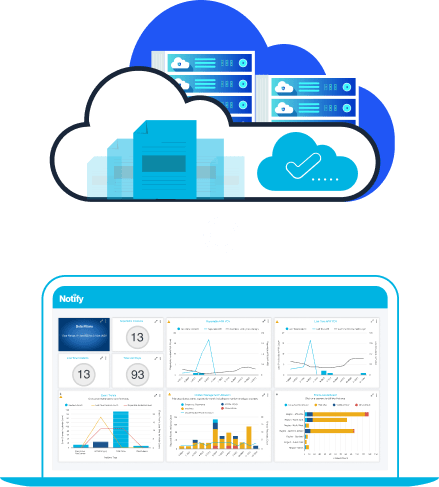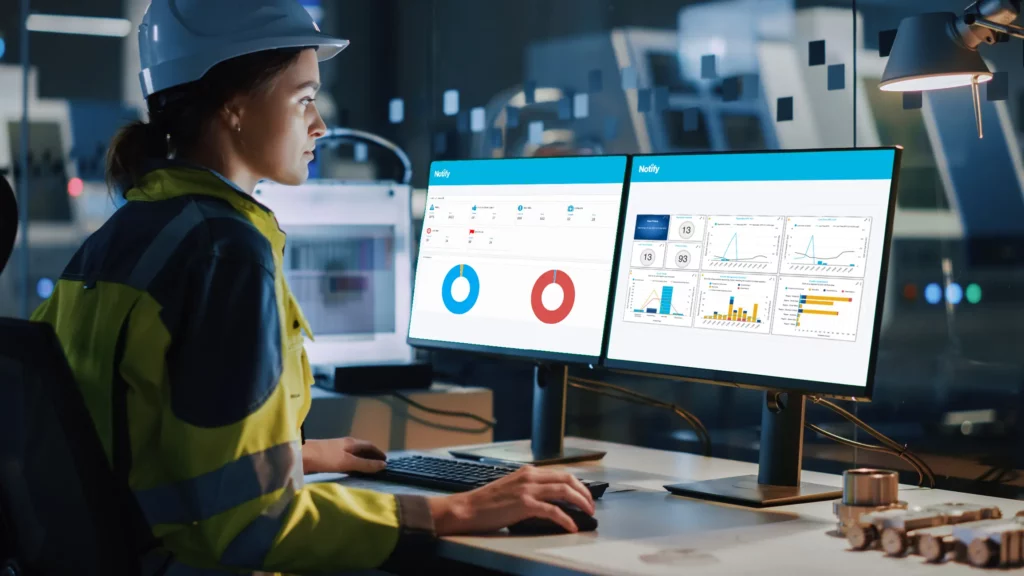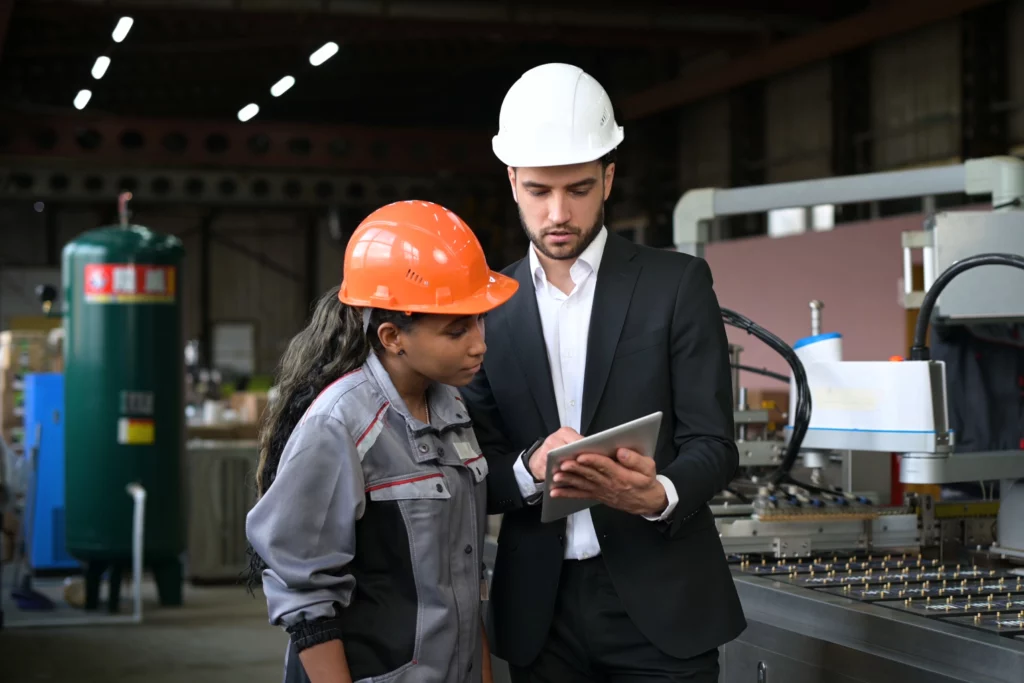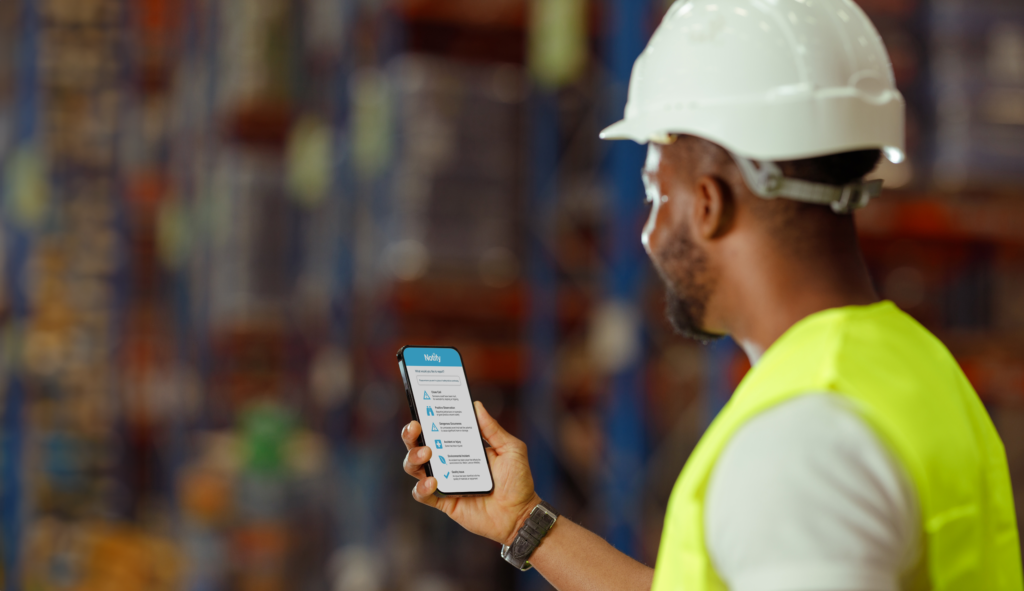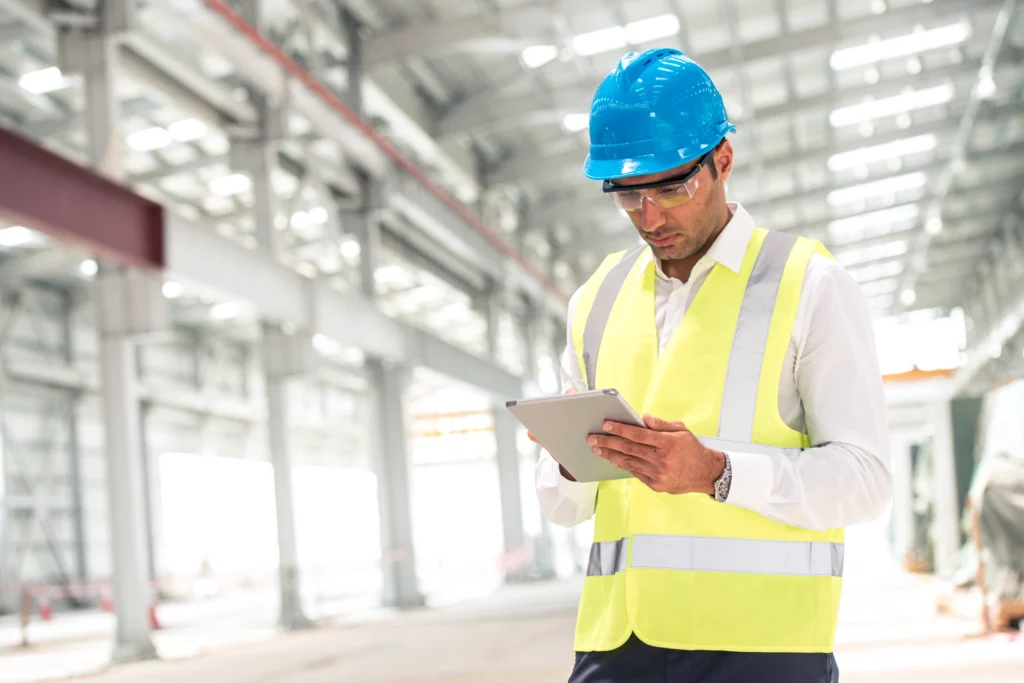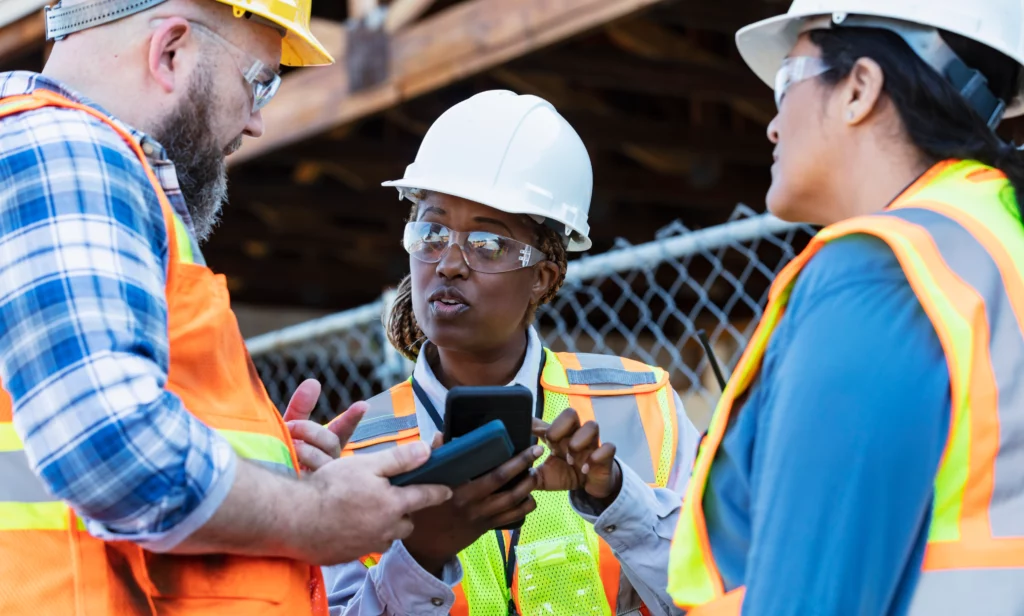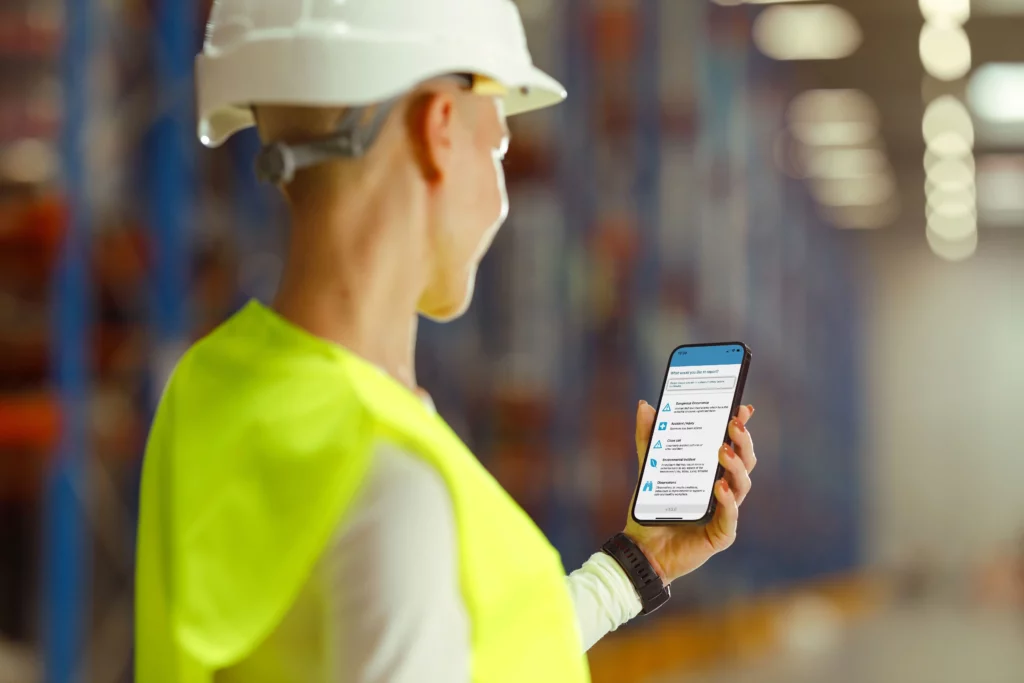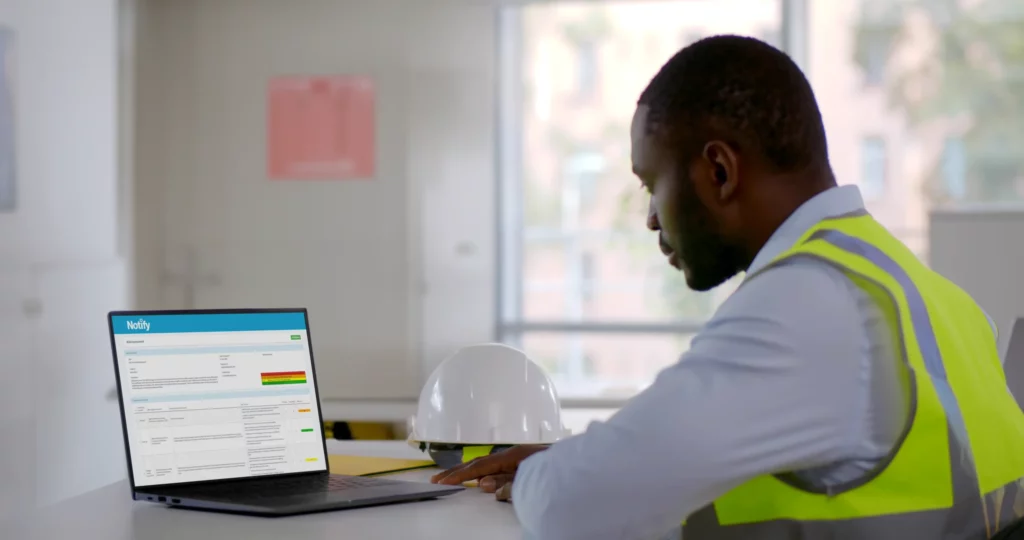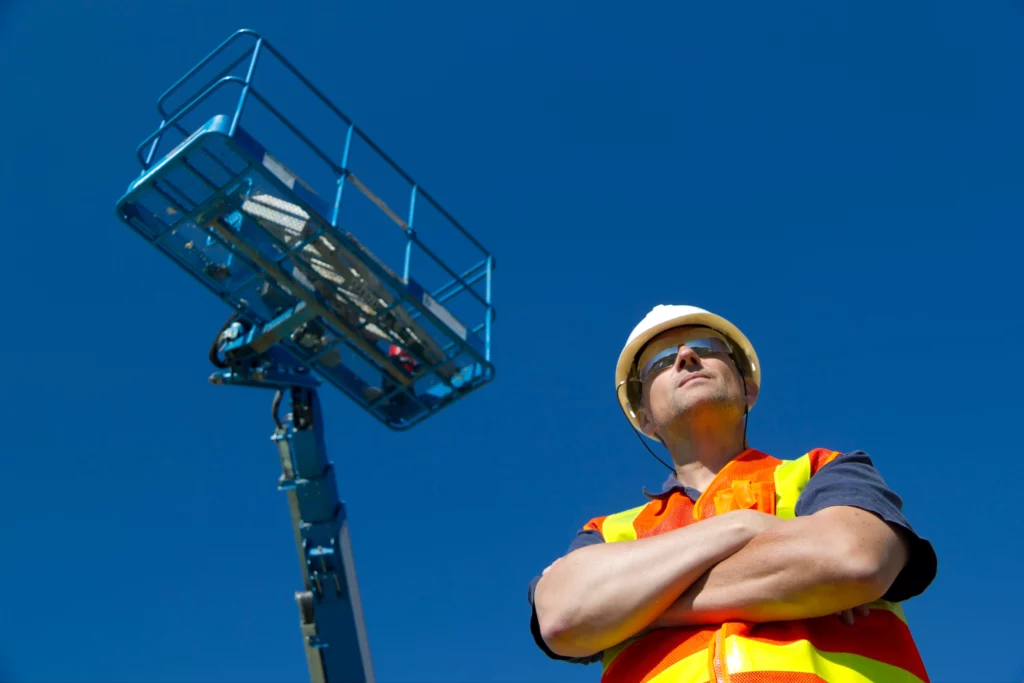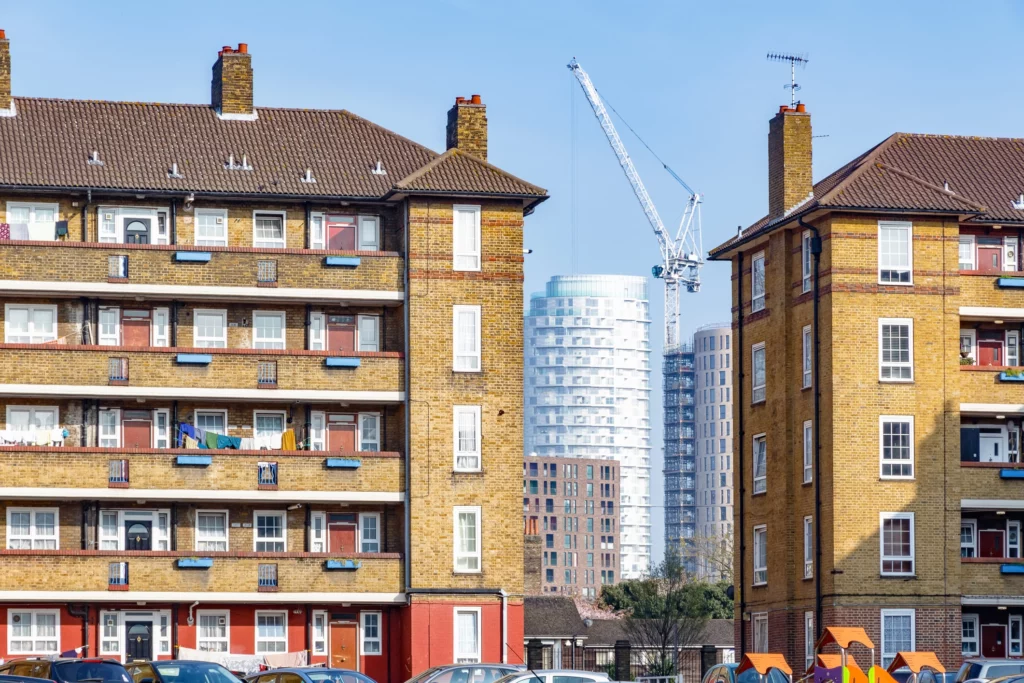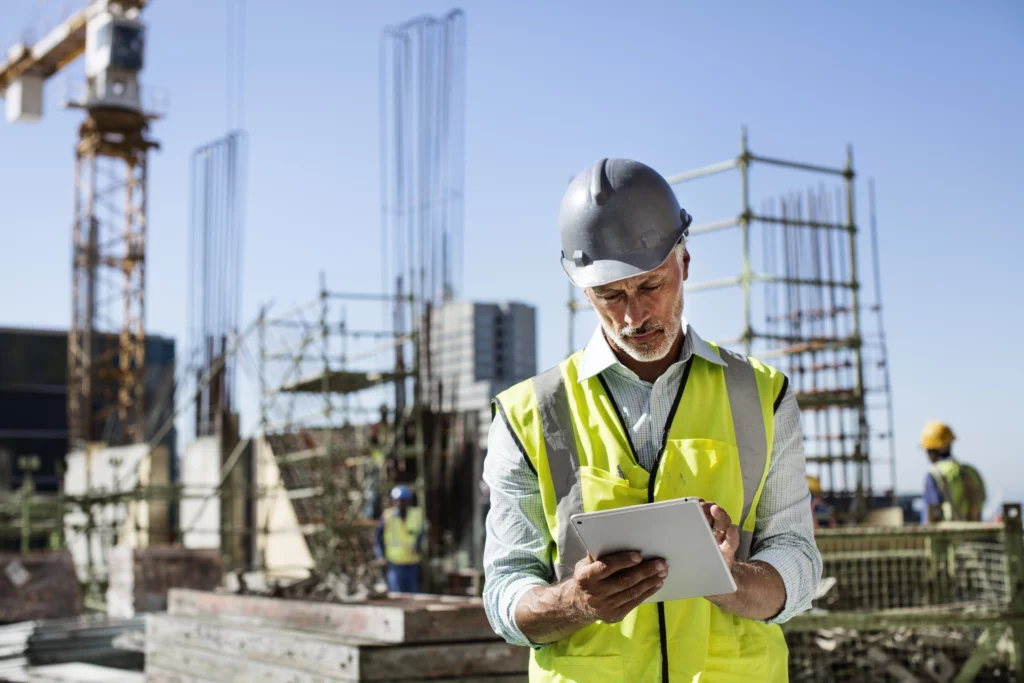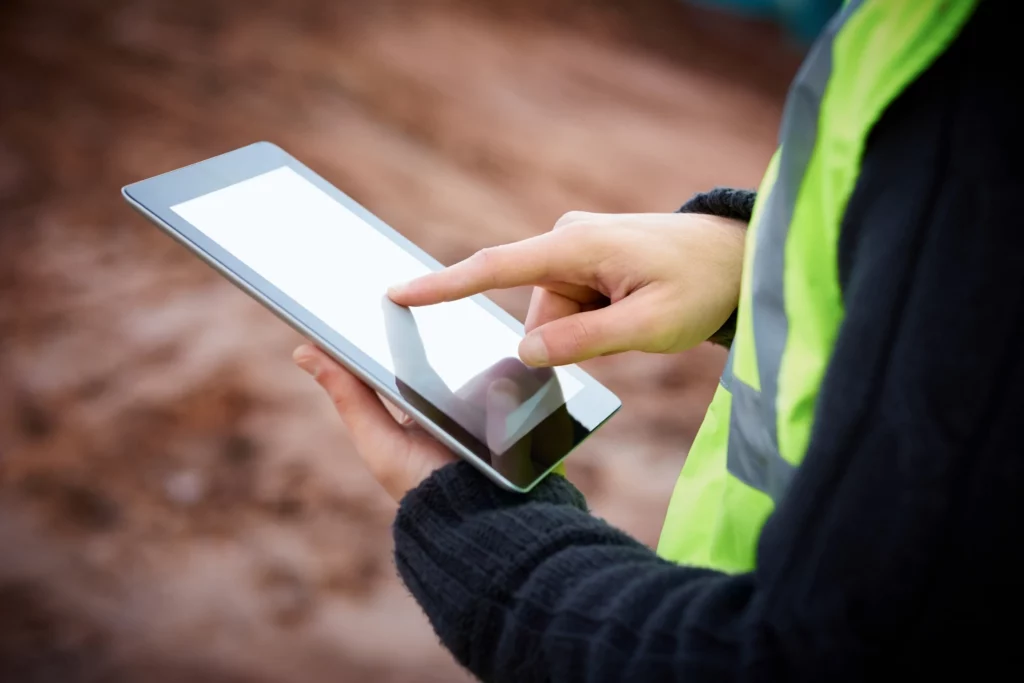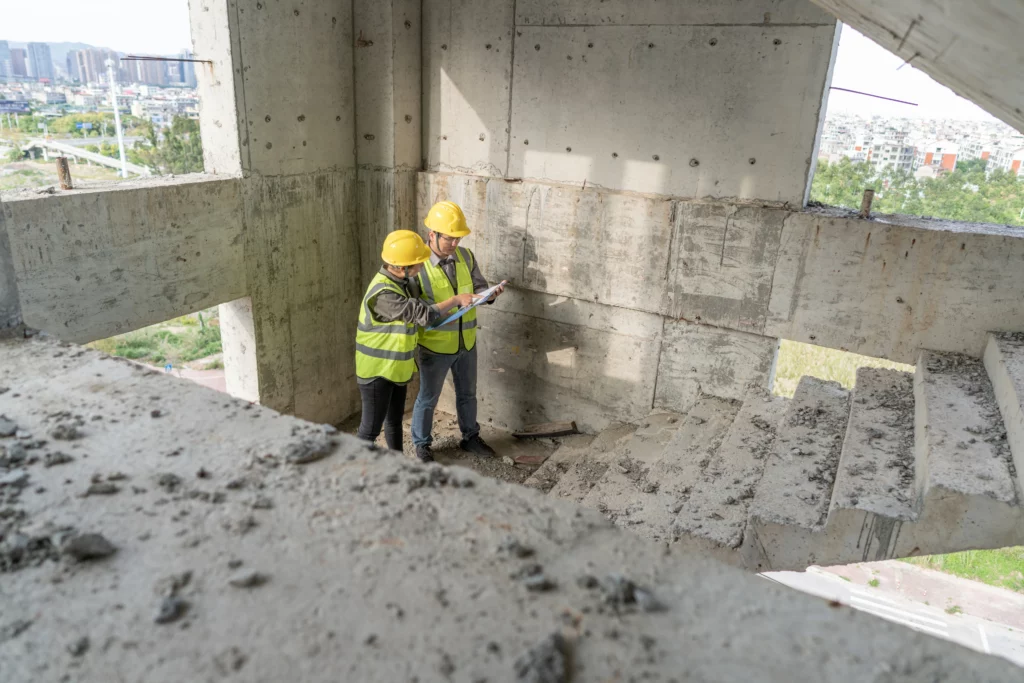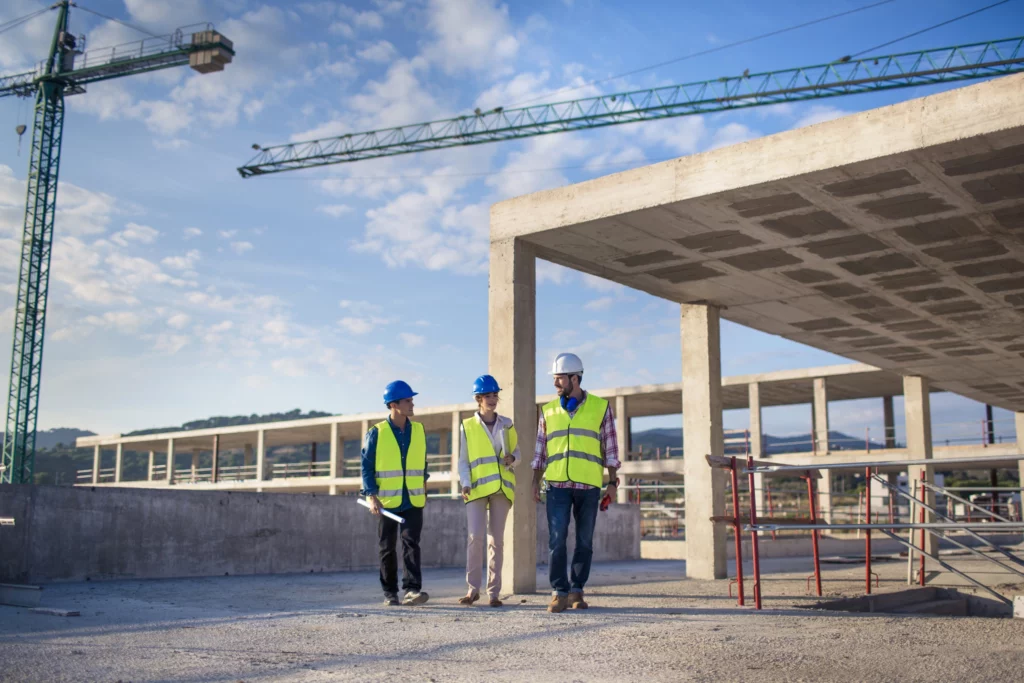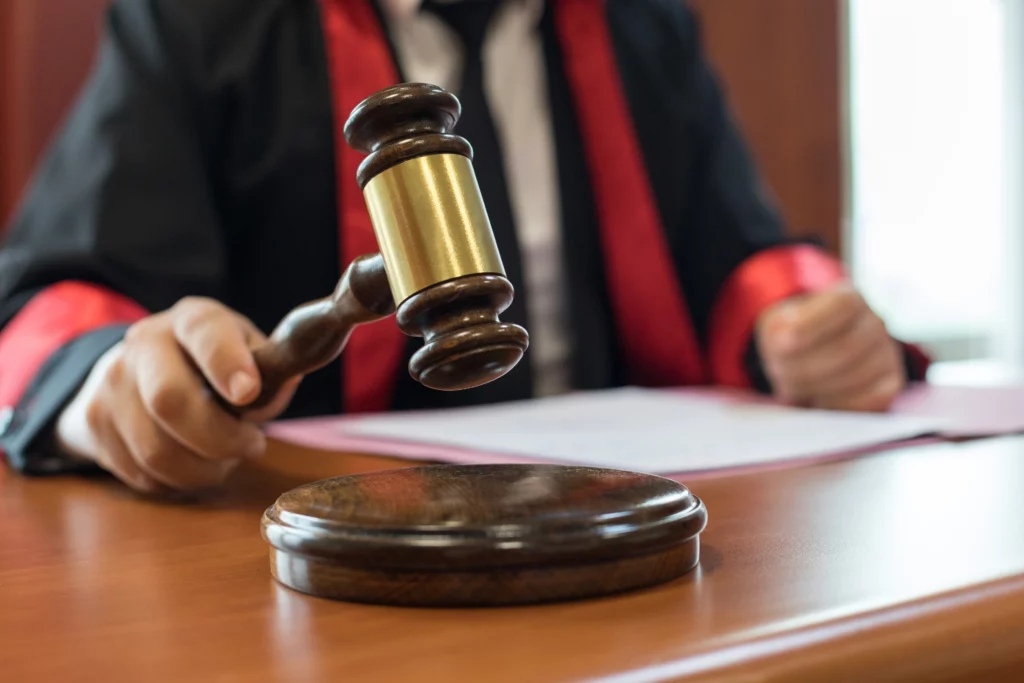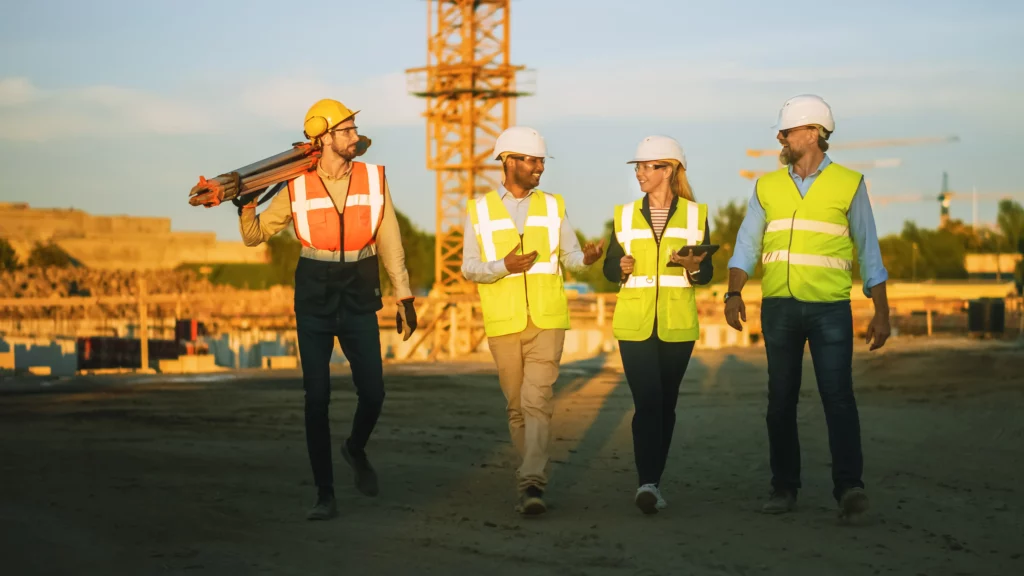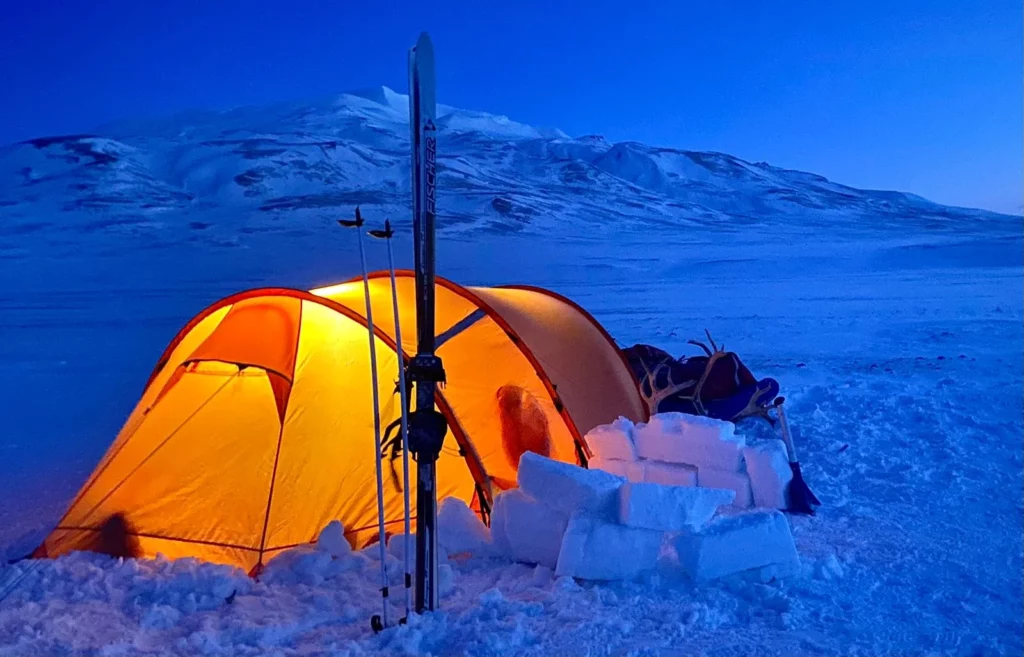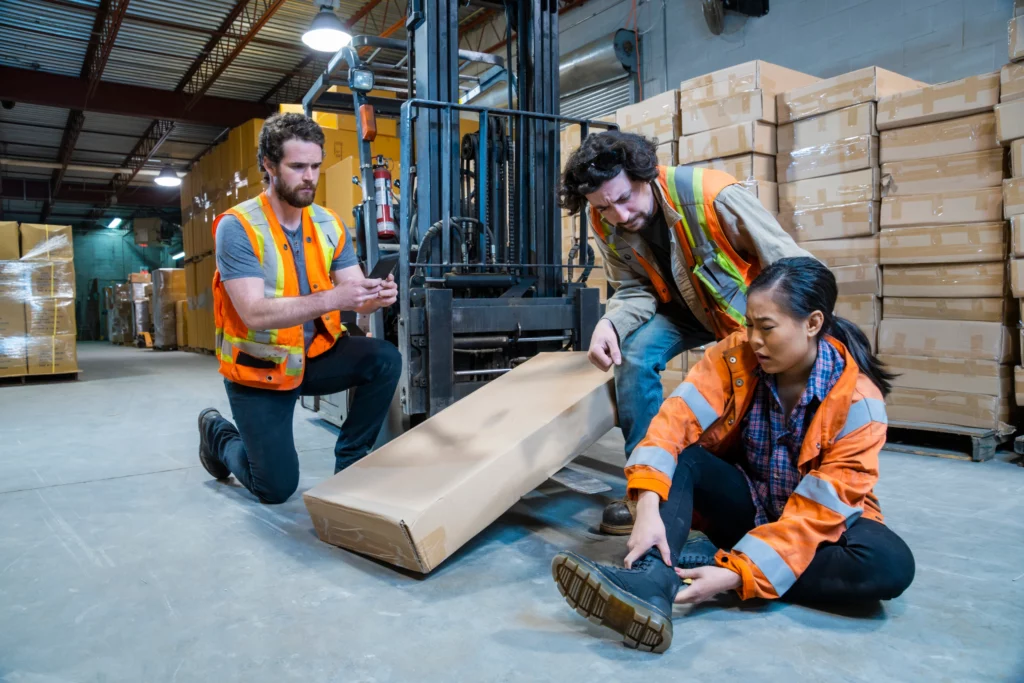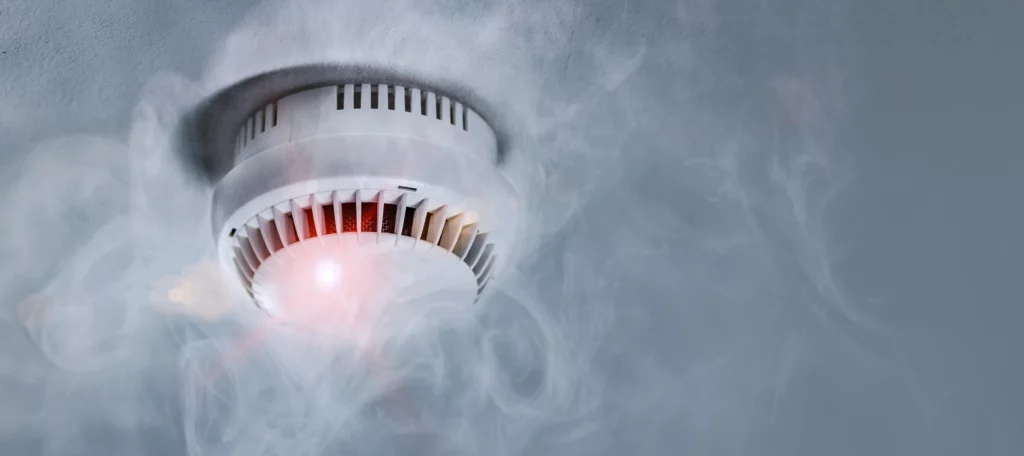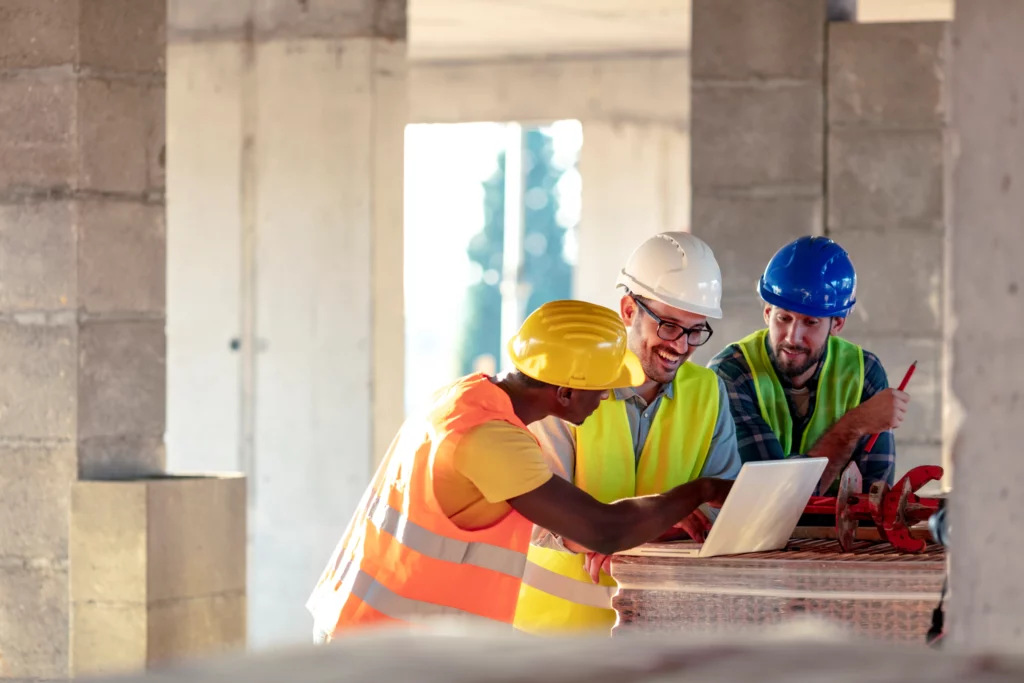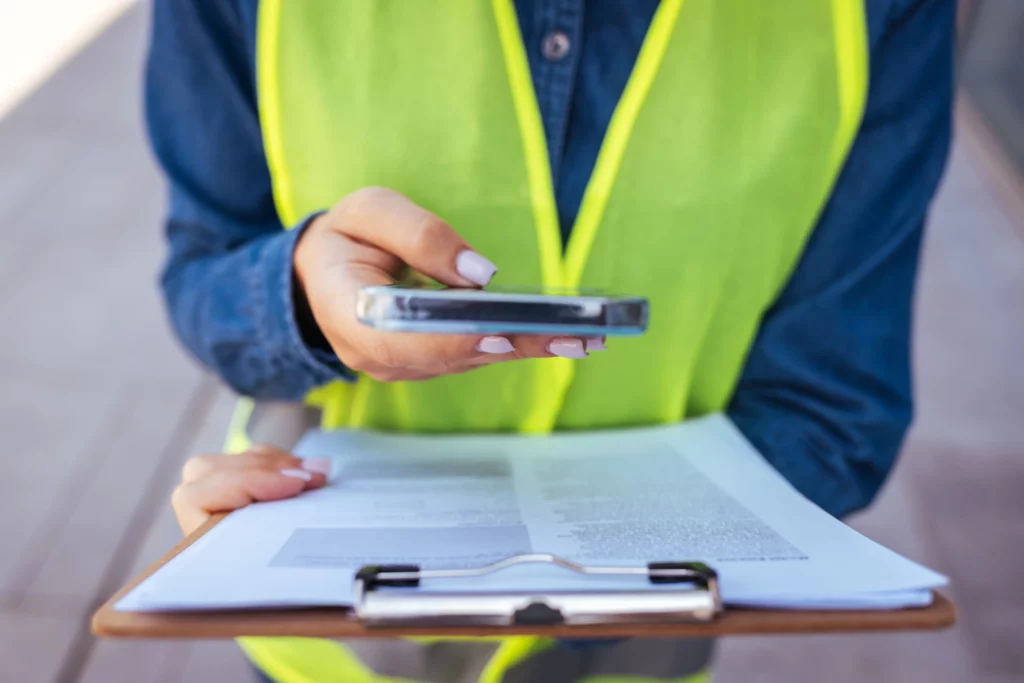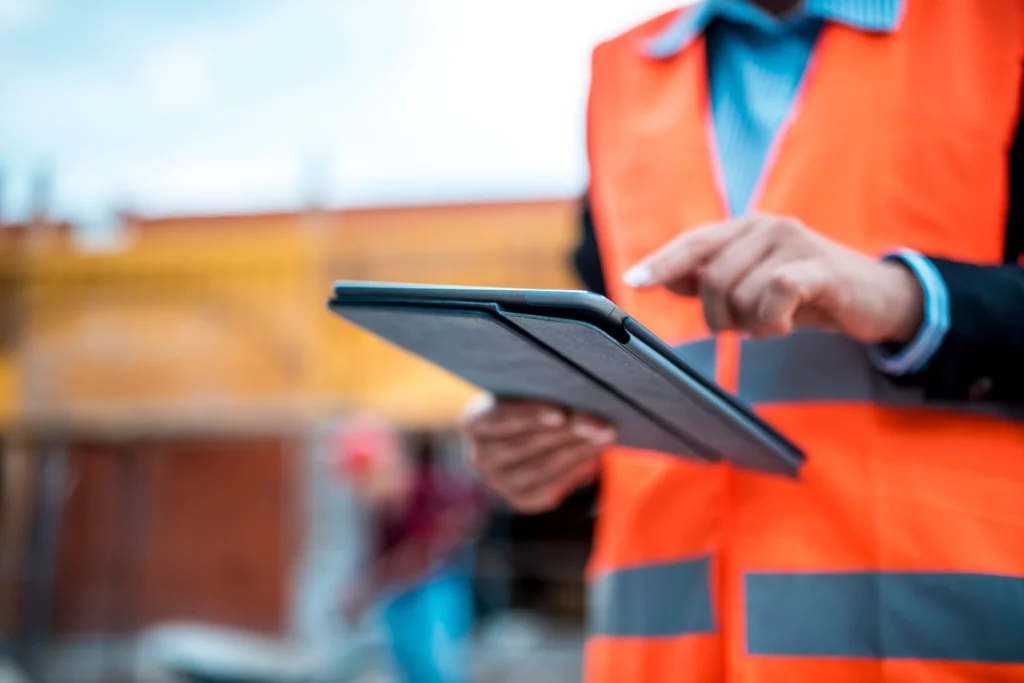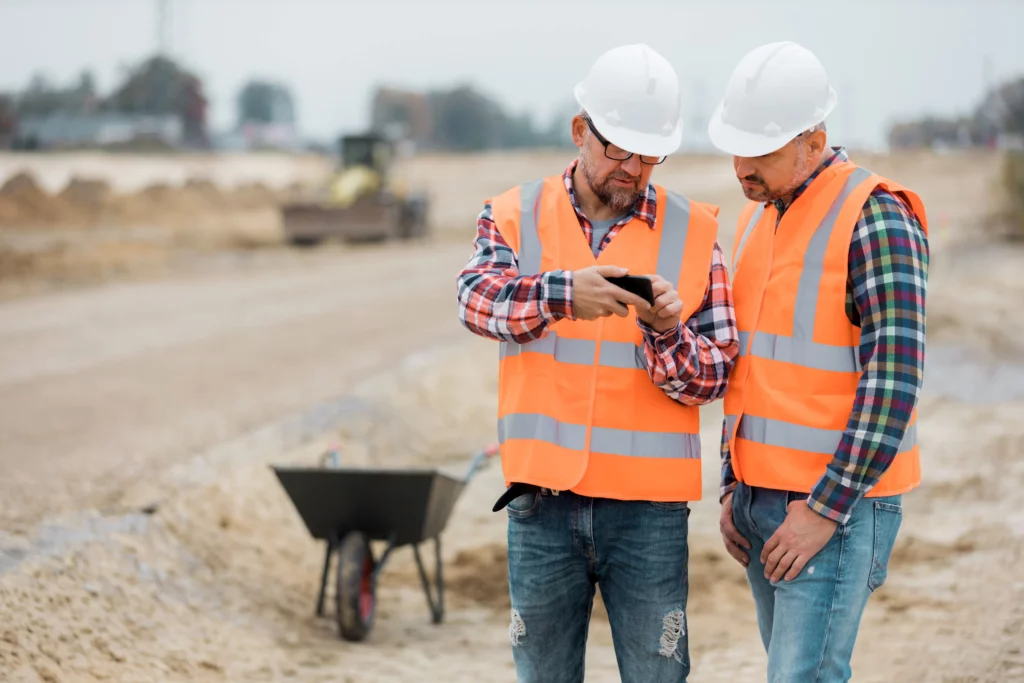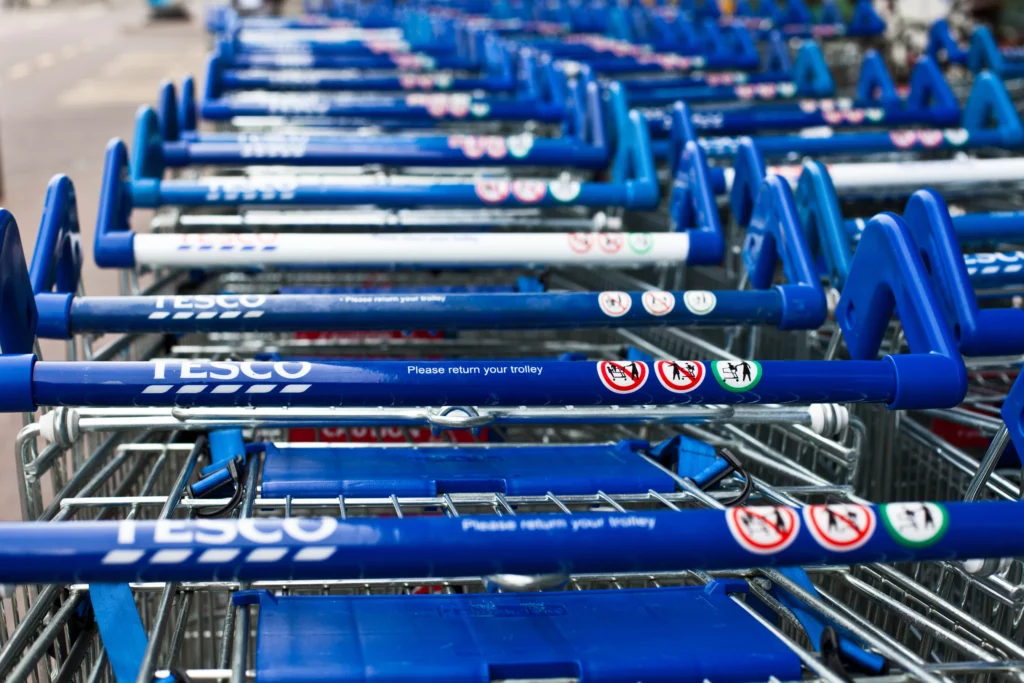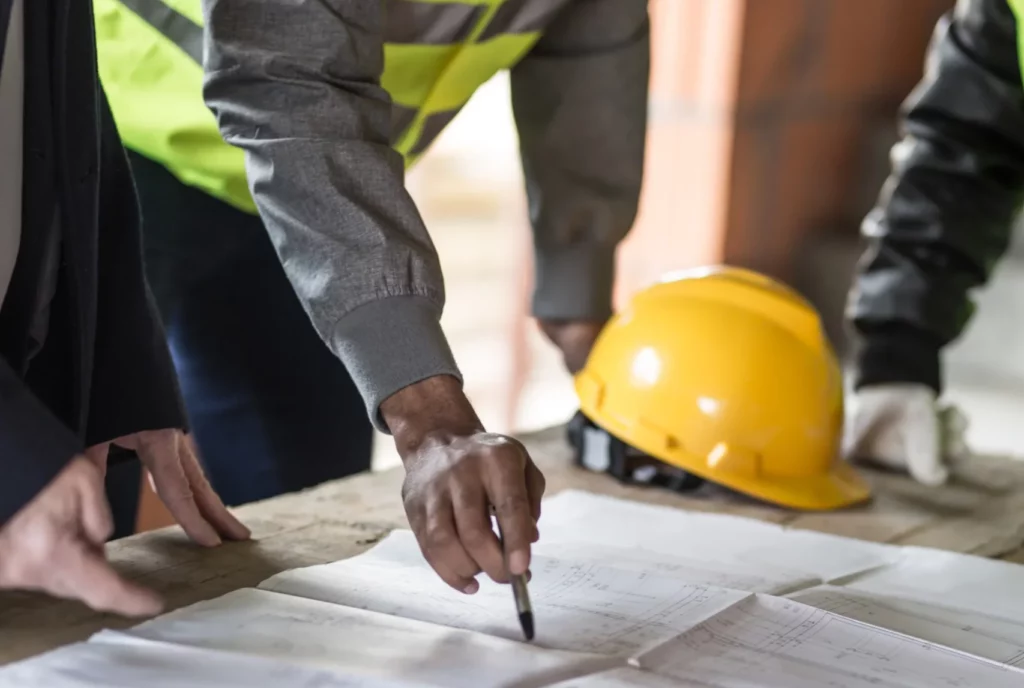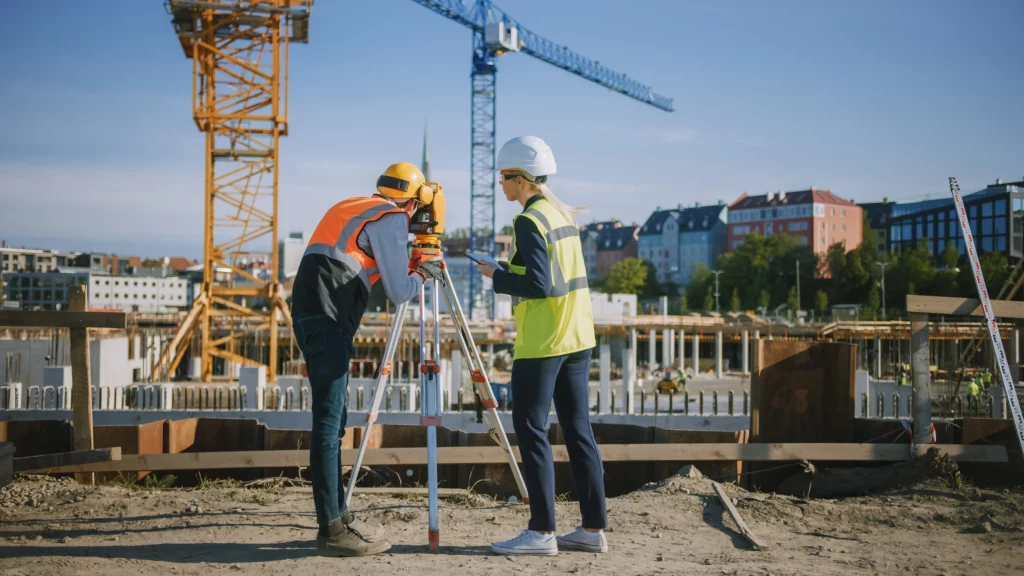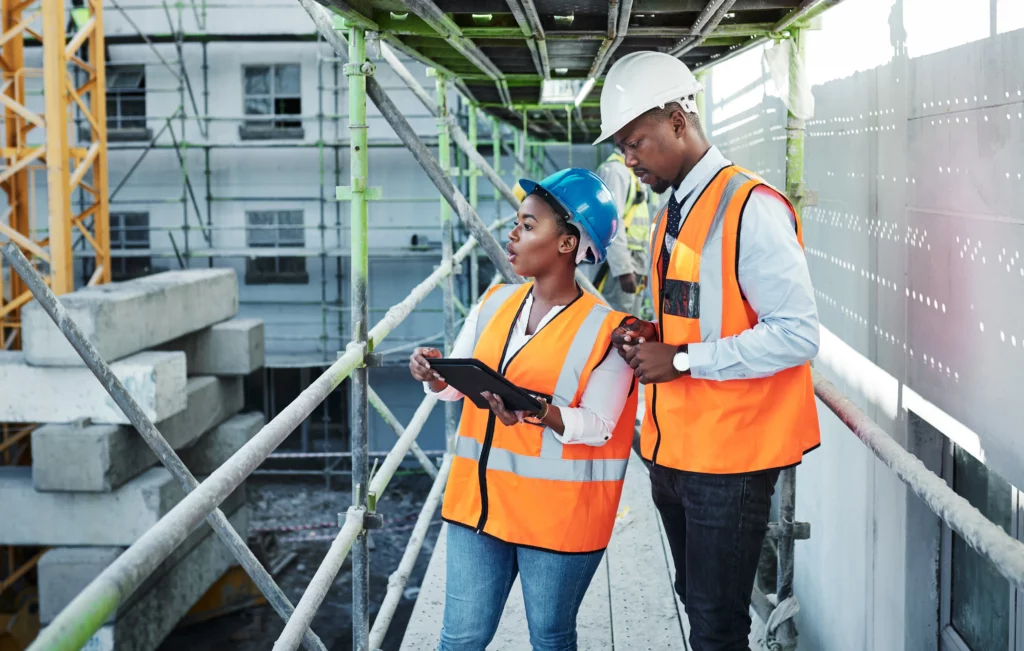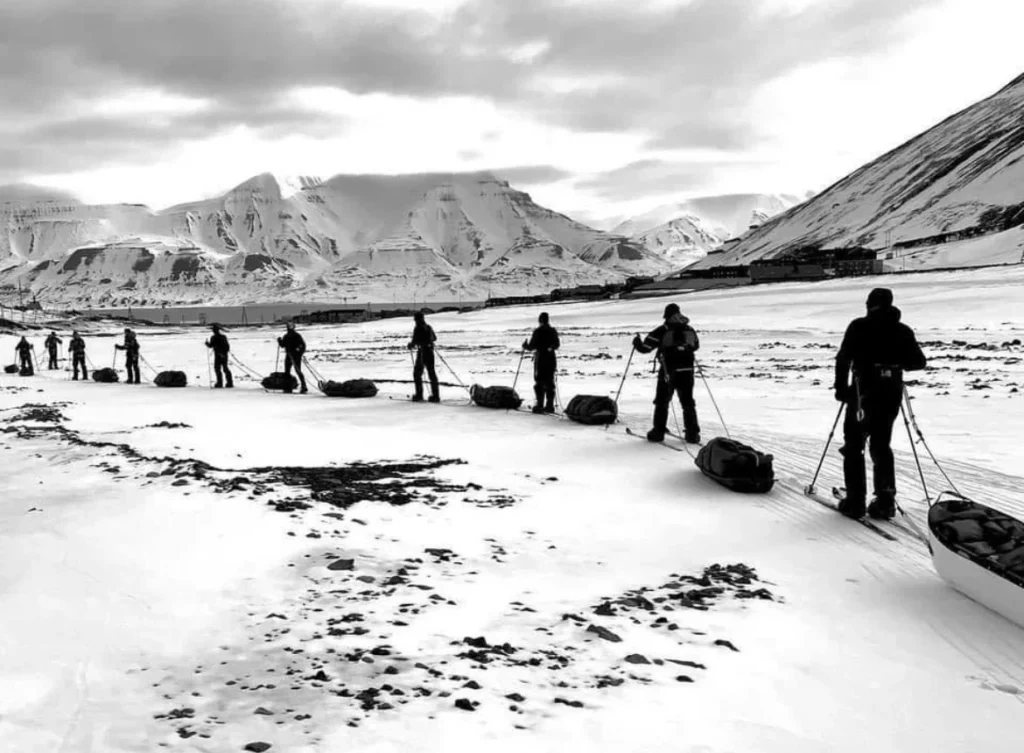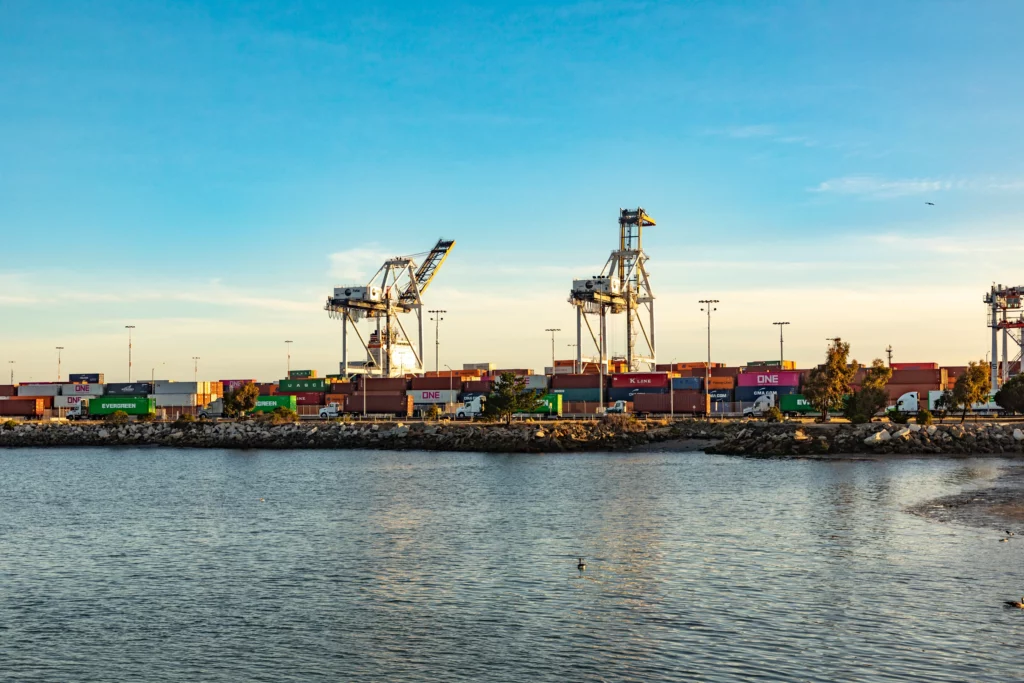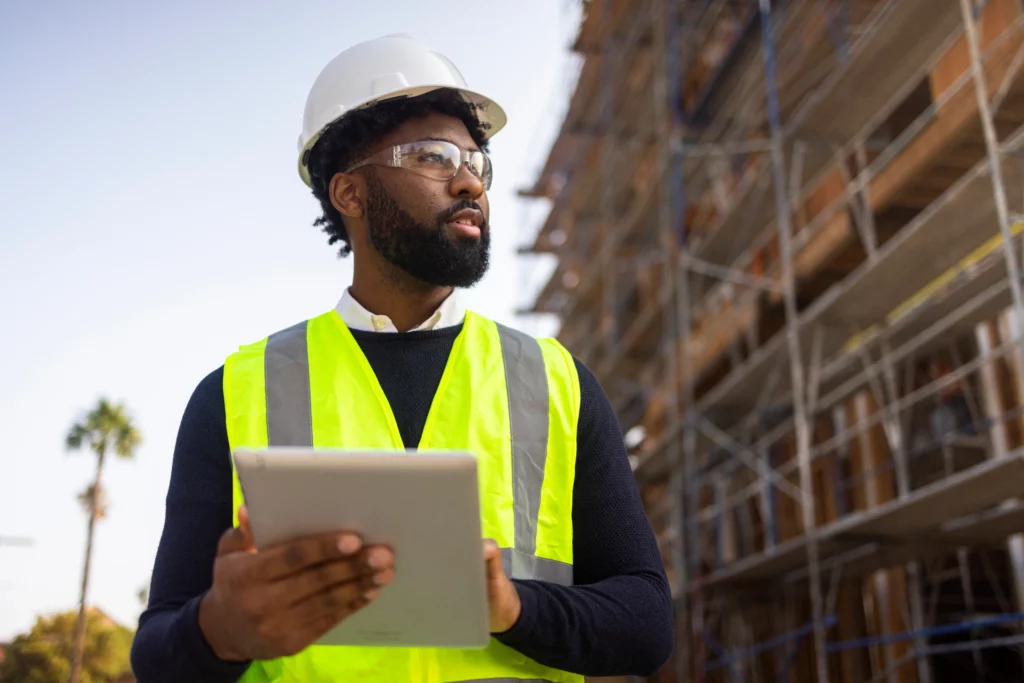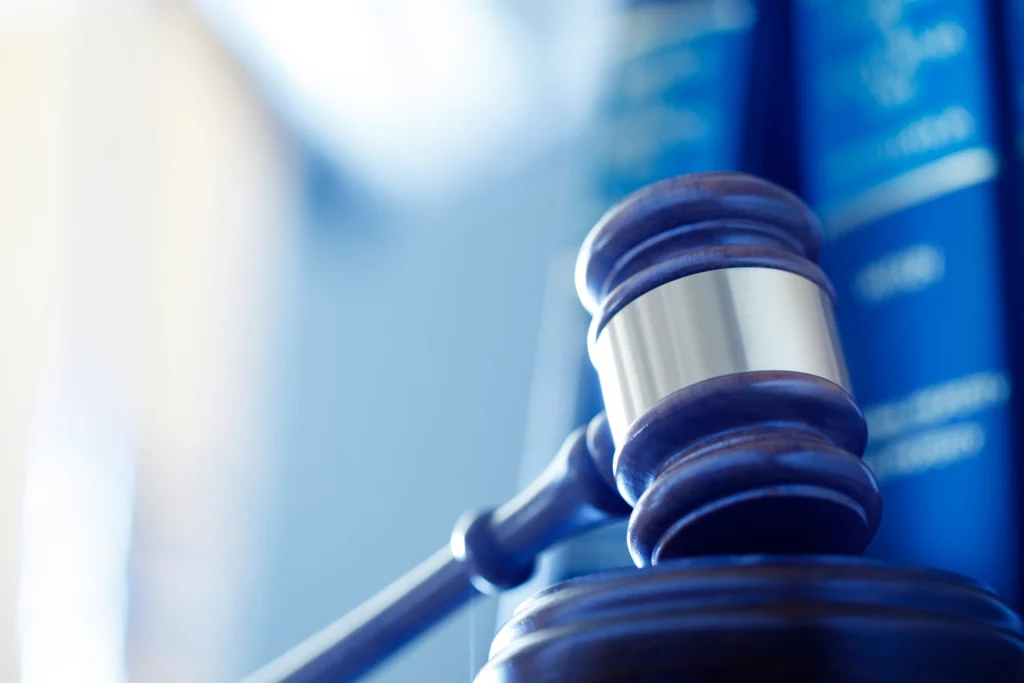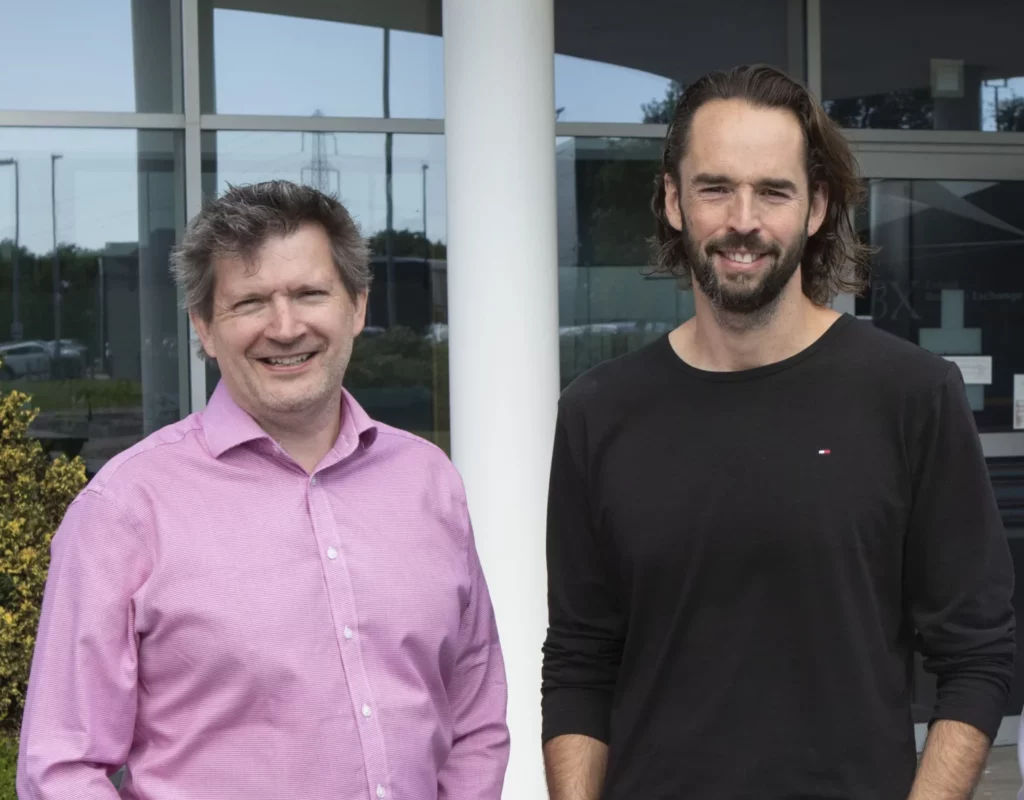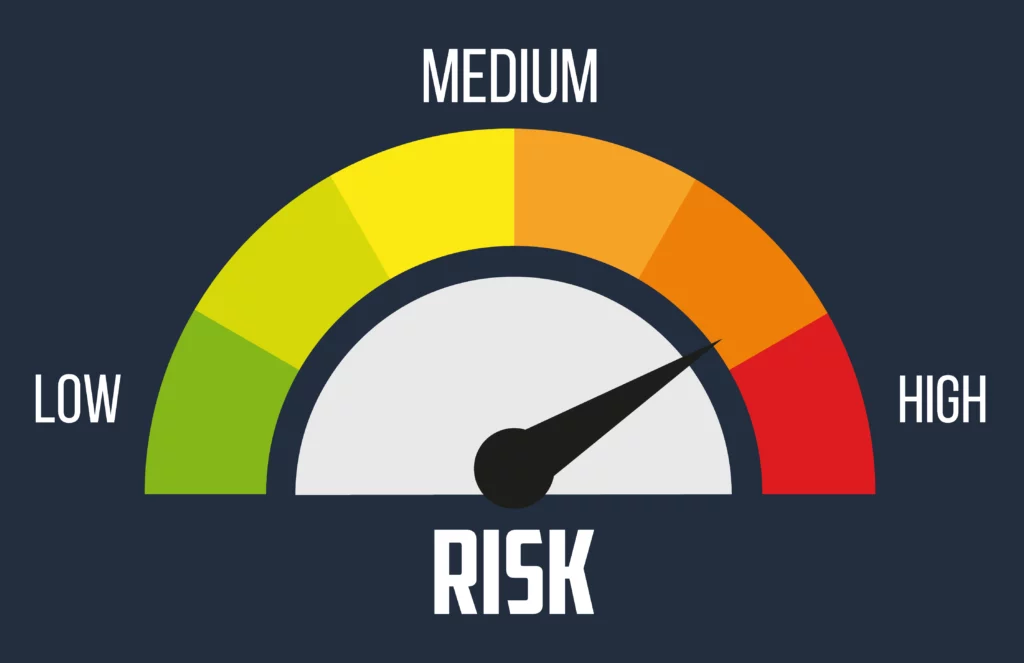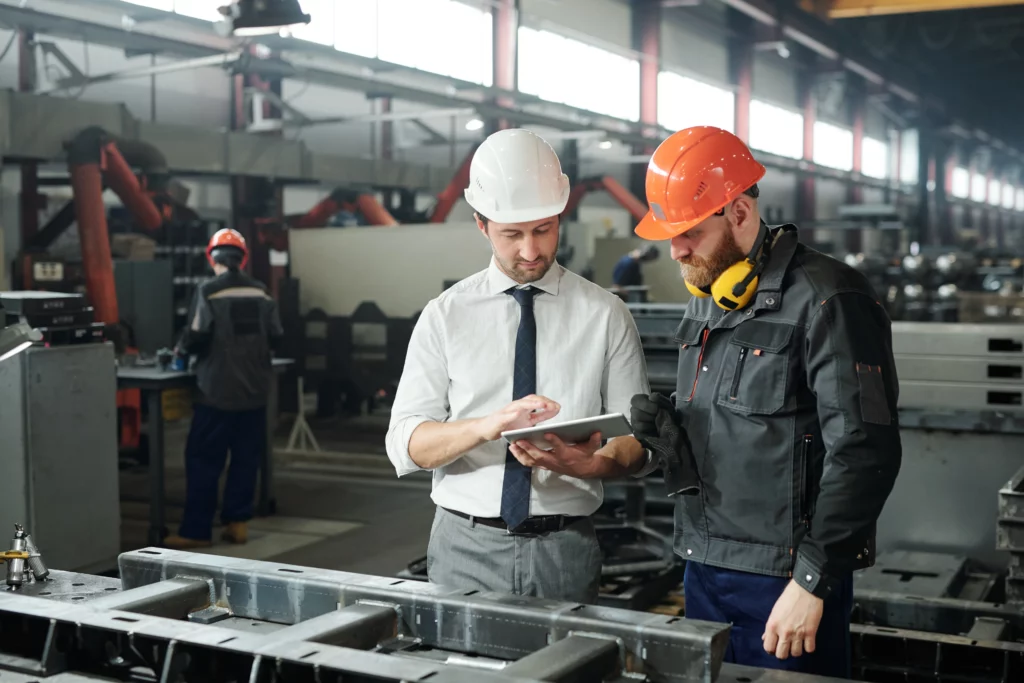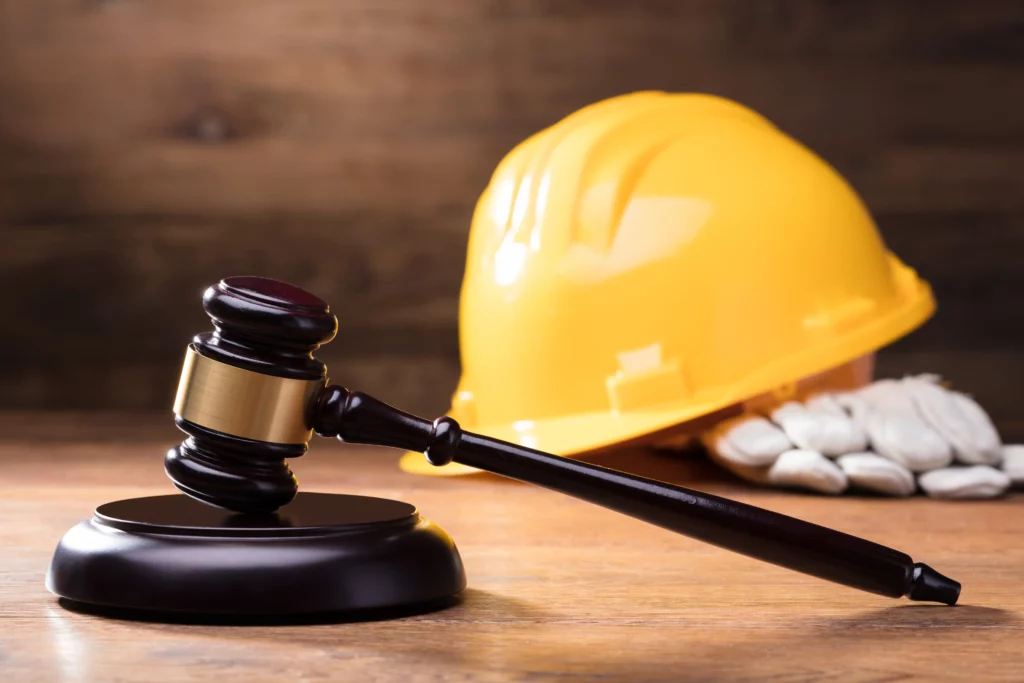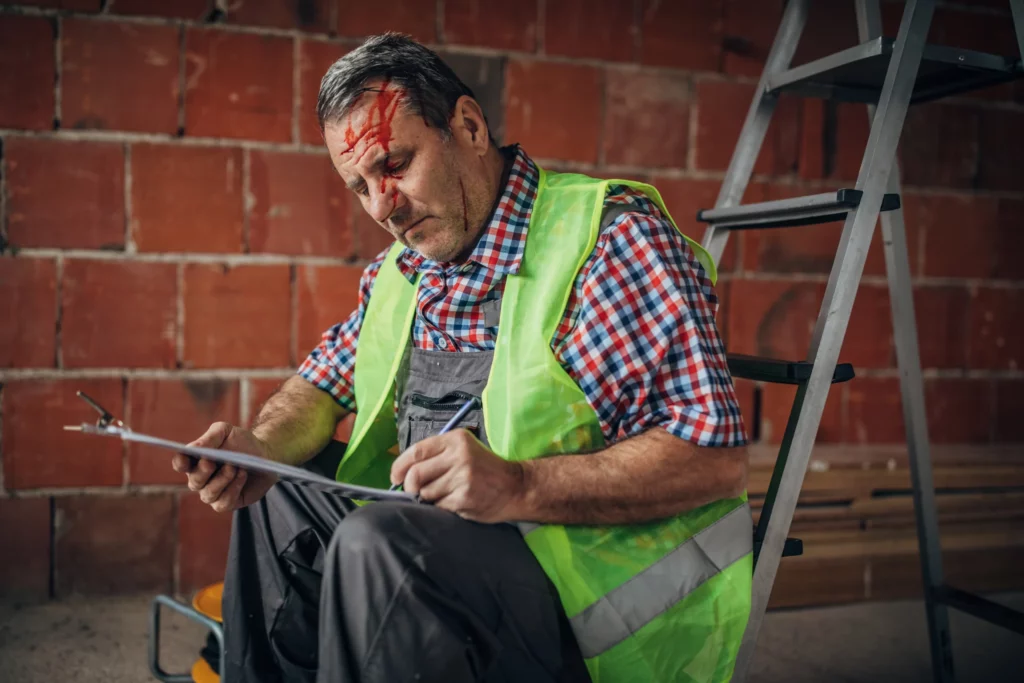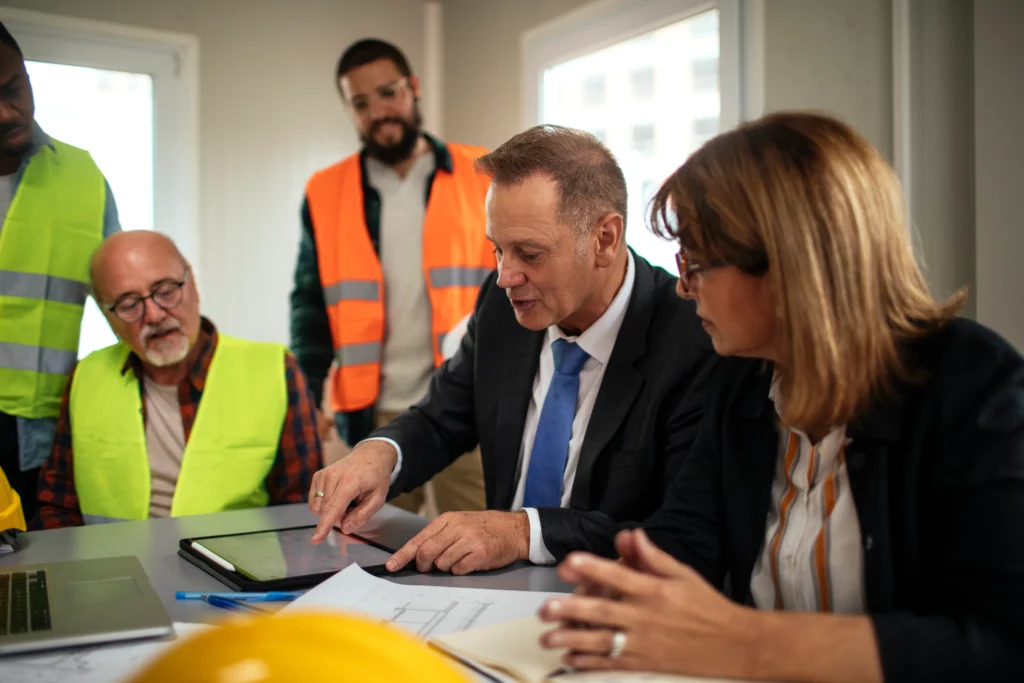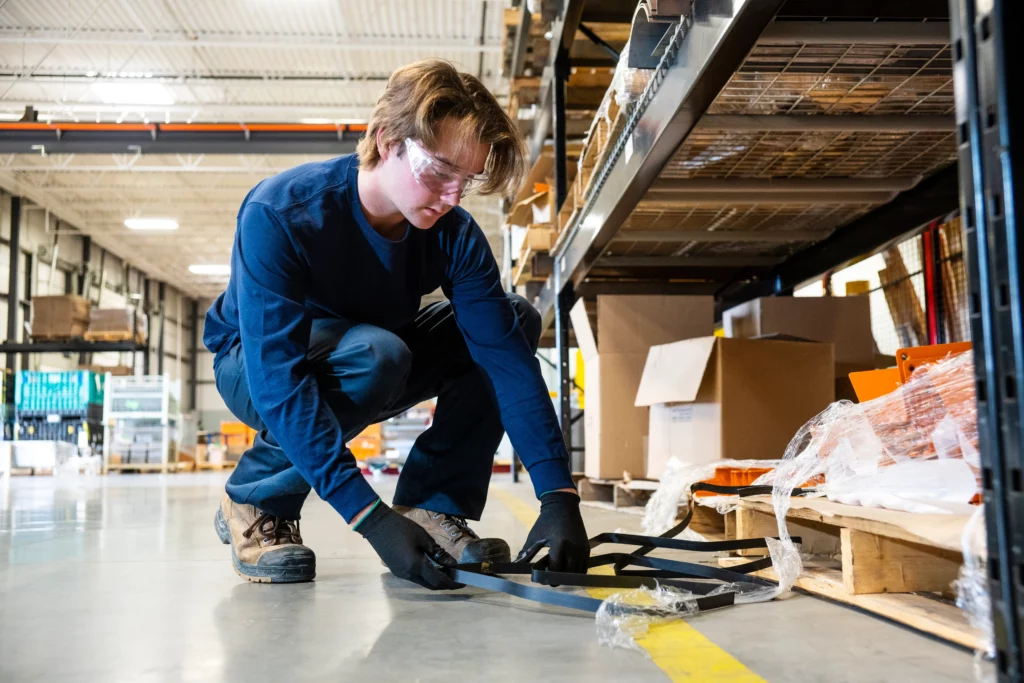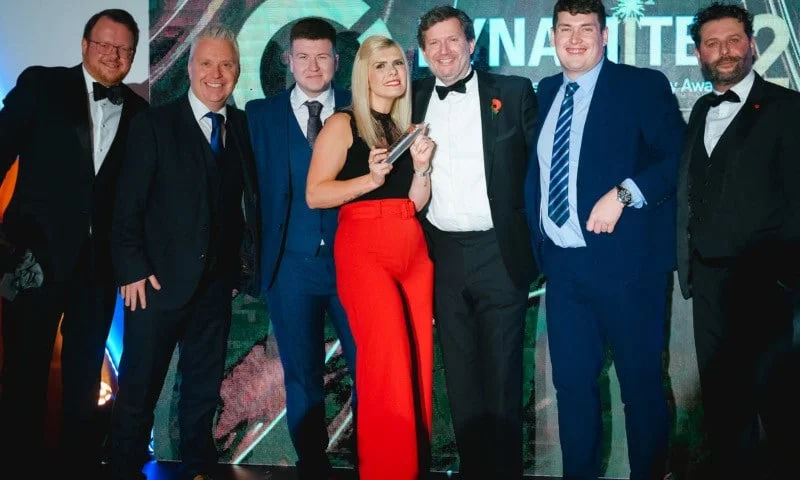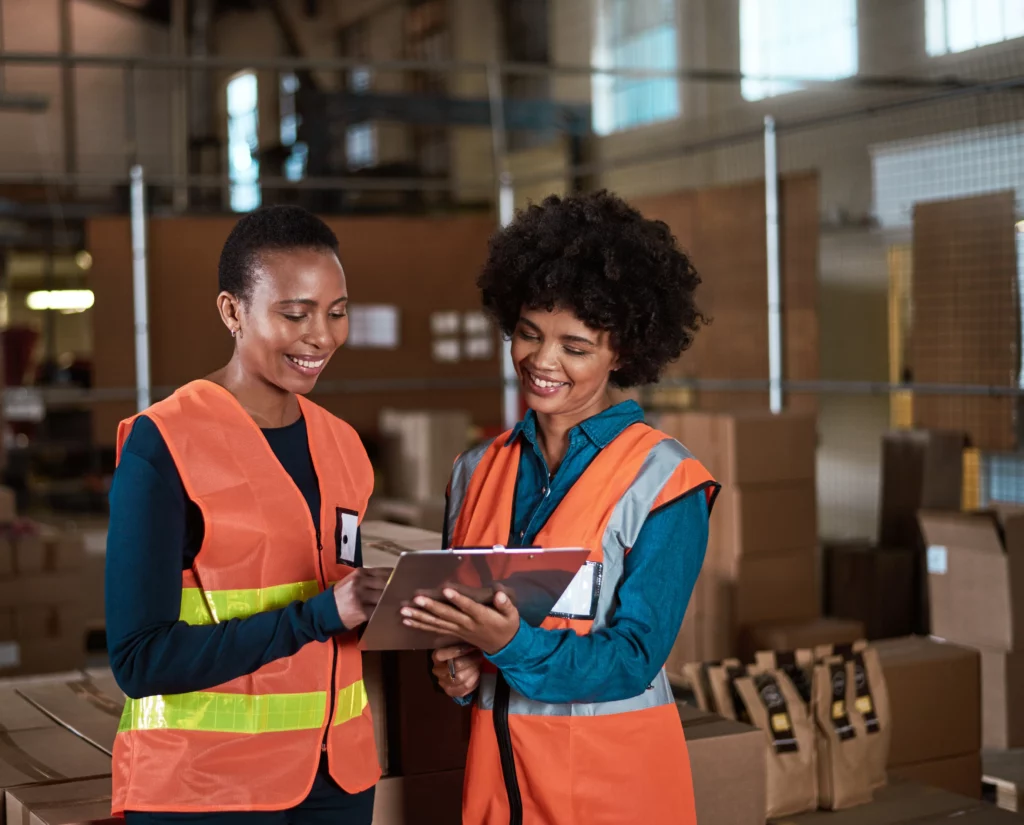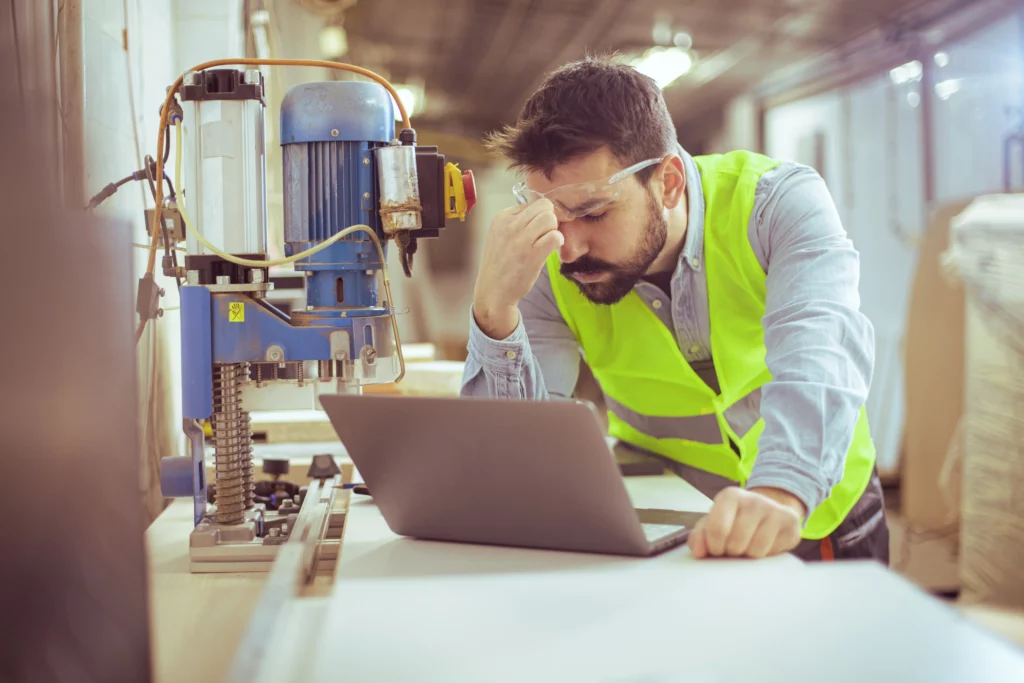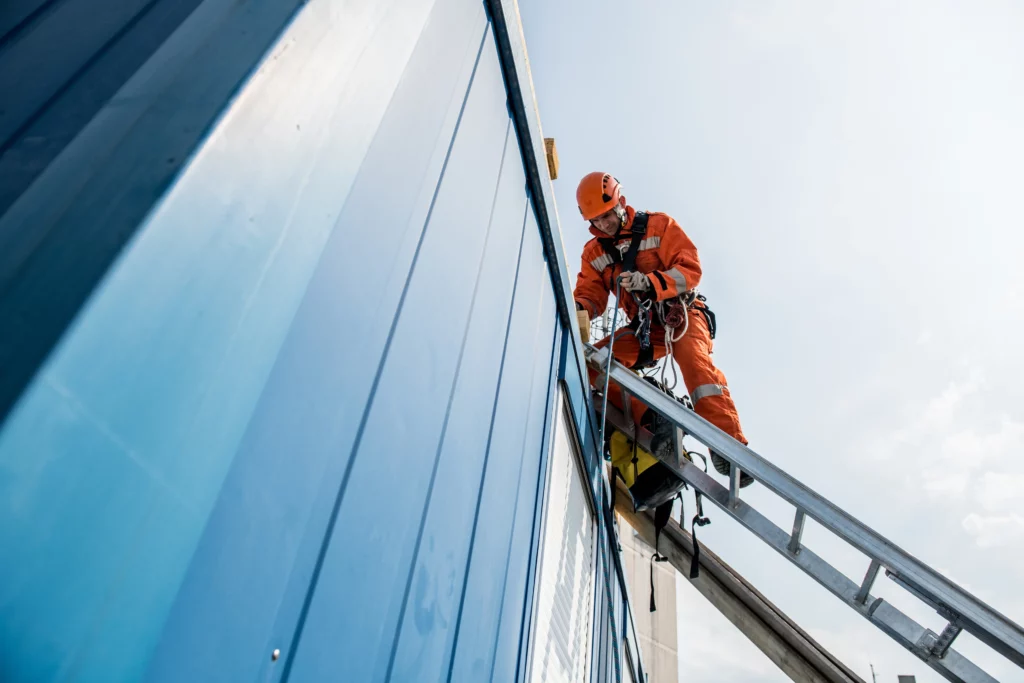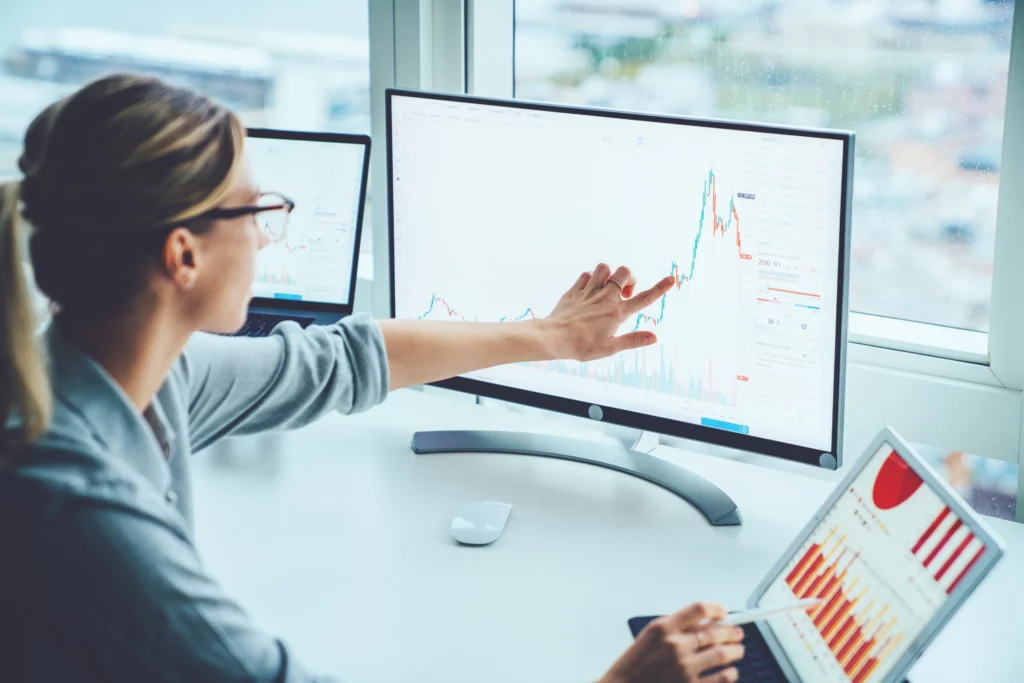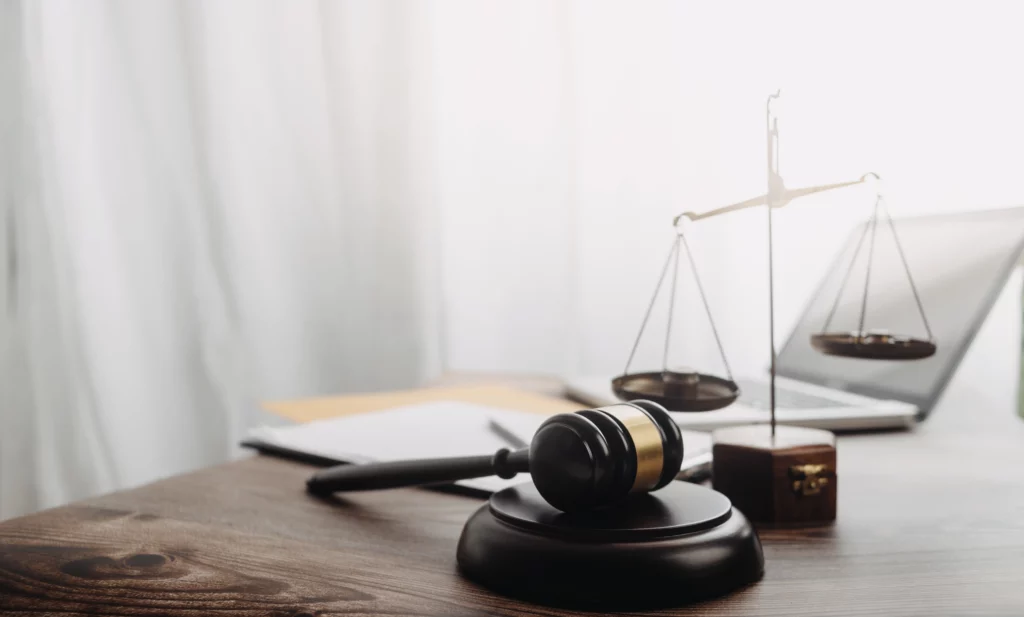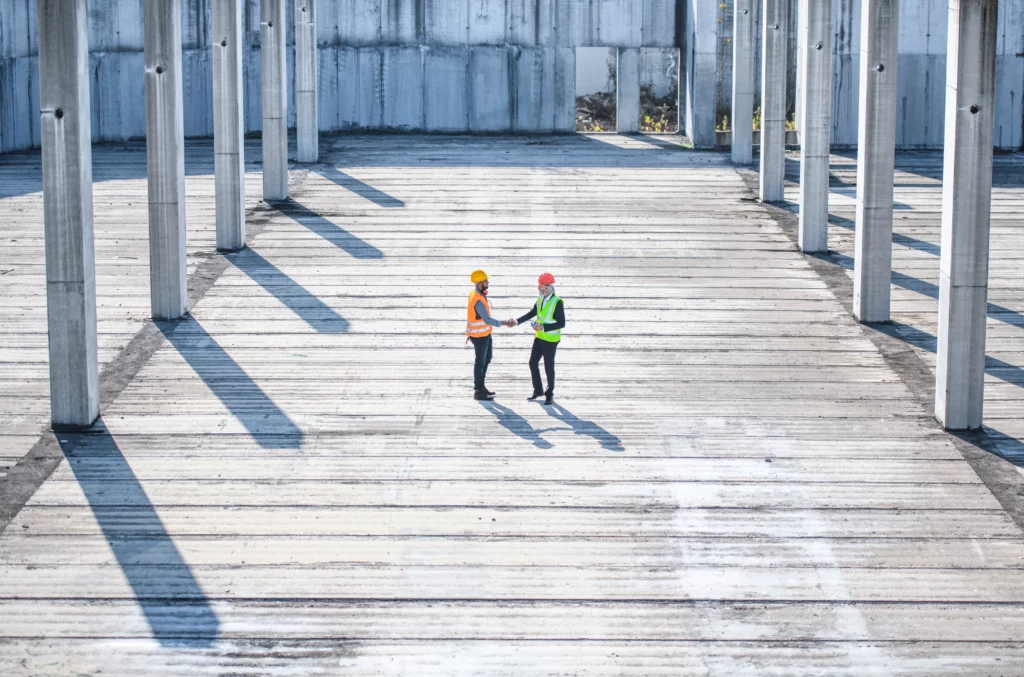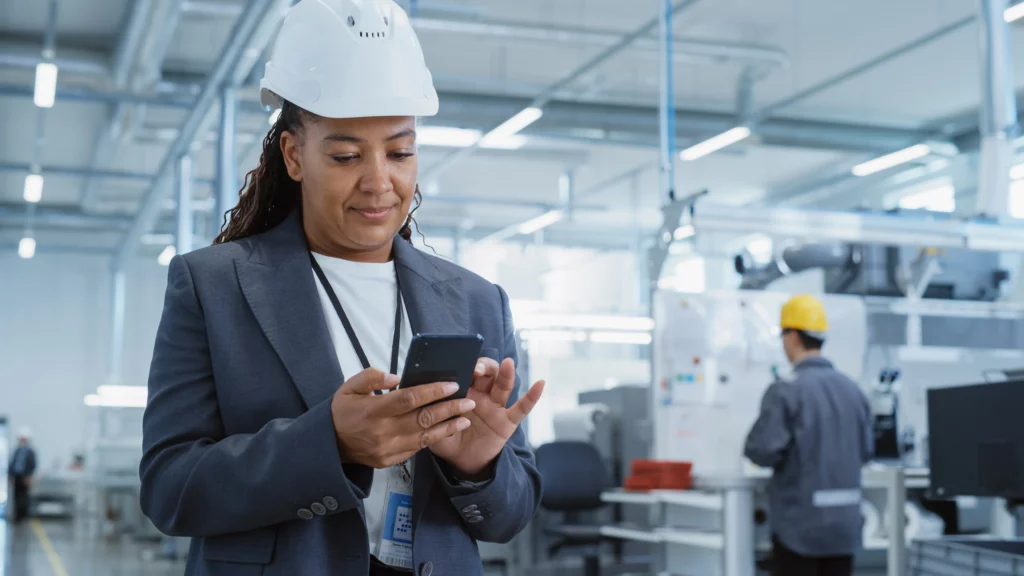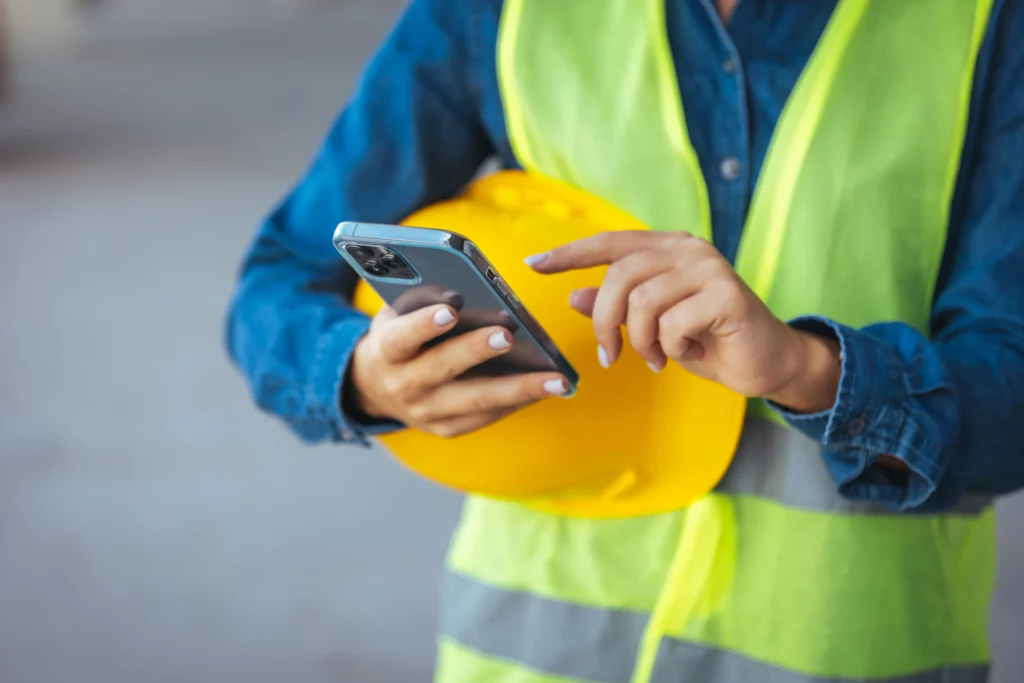Events can throw up a variety of Health and Safety factors that can sometimes be unexpected. Ensuring your attendees are able to enjoy themselves fully means working to make the event safe, and smooth. Whether you’re planning a large outdoor concert-style event, a small-scale indoor performance or a festival that covers a number of venues and sites, it’s crucial to ensure that attendees and staff are safeguarded against injury or illness. Welcome to the varied and challenging world of Health and Safety for events.
Risk management in running events depends largely on the level and detail of planning that has been undertaken, the quality of communication between organisers, staff and attendees, and the adaptability and ability to respond quickly to incidents during the event.
We’ve pulled together some of the top Health and Safety concerns to consider when running an event, plus methods of minimising risk to members of the public and staff. But first, it’s important to consider the process behind managing the health and safety of an event, and the tools that can simplify it.
Risk Assessment
Possibly the most important health and safety measure you can take, risk assessment is required by law. It’s important to be thorough when assessing risks, considering every aspect of the event, from walkways and trip hazards to noise levels and fireworks, to the stability of temporary structures and the layout of the site. Thorough risk assessment can help you identify the appropriate measures to be put in place to ensure the risks to staff, public and property are minimised.
The process of risk assessing forces you to consider a number of different scenarios and eventualities, and also provides a code of practice for staff and contractors working the event. The more thorough you can be, the better prepared your team for any eventuality, and the more enjoyable your event will be for all involved.
Using a mobile-based risk assessment tool can streamline the assessment process, as you can build documents as you tour the venue or site, and easily share the final document and resulting plans with the appropriate collaborators and colleagues.
Planning
Using the results of your risk assessment, planning should be a detail-led process. From the layout of the site to ensure smooth movement of crowds to emergency contingency plans and evacuation procedures, appropriate planning should mean that your event and staff can cater for every eventuality.
Ensure you liaise with venue owners, other members of your team and, if necessary, the emergency services, nearby residents and the local council to ensure your event is compliant and that you have planned to cover as many worst-case scenarios as possible.
Online planning tools can help you to draw up best practice documents and site layouts, to speed the process and reduce the amount of paperwork.
Communication
Assessing risks and making detailed plans is useless unless your whole team are aware of them. Ensuring all staff and contractors are in possession of relevant plans, risk assessments and emergency procedures mean that should the worst happen, your whole team is prepared and can swing into action to minimise damage or injury.
Making your plans available on a cloud-based storage system means that any changes or additional documents are easily shared, and all relevant parties are working from a single data point with the most up to date information.
Make sure every member of your team is certain of their role, both throughout the course of the event and in the event of an emergency or evacuation.
In the run-up to the event, ensure the measures identified in your risk assessment and planning stages are put in place correctly, through appropriate delegation and disclosure of details. Health and Safety management software can help you to assign and track tasks for particular team members, sending reminders and escalating when necessary.
On the day of the event, ensure all teams are given a full tour of the venue/site and are informed of any site hazards and control measures, as well as what they can expect throughout the course of the event. This also gives staff a chance to ask any questions.
It’s also important to practice clear communication with event attendees in the form of clearly marked emergency exits, refuge points, evacuation assembly areas, first aid stations and lost child points.
Communication between team members during the event is vital, as it means that teams can work together to resolve any issues quickly and effectively. Radio contact is most effective, however, communication via mobile phones can also be effective. Using an incident reporting app can help to improve communication should a health and safety accident, incident or near miss occur, as not only does it notify the appropriate member of staff, but also helps with our next point…
Reporting, Reviewing, Evaluating
Once the dust has settled on your event, it’s important to evaluate its success and highlight any unexpected health and safety issues you may have encountered. This means that for future events you are able to build on your health and safety preparations and improve.
Using technology such as accident reporting software can help you do this, as it gathers data to create detailed reports of incidents that happened during the event (including during the set-up, for instance, if an incident occurs during the erection of a temporary staging for the event), meaning you can report to colleagues and management about the performance of your health and safety processes.
The Risks
- Crowd Control: When large numbers of people gather together, the risk of accidents and incidents intensifies. Members of the public can be unpredictable, and it’s your job as an event organiser to ensure that the safety of event attendees and staff is prioritised whatever the situation. The hazards posed by gatherings of large crowds include crushing, trampling and dangerous behaviour such as climbing on structures or throwing objects.Make an informed prediction of how many attendees you’re expecting and ensure you have enough stewarding staff to look after visitors, guide crowds and manage queues, as well as security staff to deal with dangerous behaviour and situations. It’s also beneficial to consider whether alcohol will be available and whether you predict drug use could potentially be an issue.
- The Venue: it’s important to ensure that the venue you select to host your event is suitable for the job. This includes factors such as capacity, available facilities, structural soundness and appropriate emergency exits. It’s also important to consider the ground conditions, the lighting available and its suitability for the time of day the event is taking place, and whether pedestrians face any risk from vehicles. Outdoor events are at the mercy of the weather, and wet or icy conditions can cause hazardous terrain, while risks at indoor events can include poorly lit stairwells, uneven flooring and spillages.
- Emergencies: today’s volatile climate means that care needs to be taken to plan for every possibility, including terrorist attacks, major fires, structural collapse or sudden extreme weather conditions. As well as planning for major incidents, it’s also wise to ensure that contingency plans are in place for other emergencies such as performers or attractions cancelling at short notice or a key member of your team becoming unavailable – any of these eventualities could have knock-on effects to the safety of your event attendees or staff.
- Fireworks and Special Effects: the use of pyrotechnics, smoke effects, lighting effects and fireworks can cause injury, seizures and illness if not managed properly. The risk of injury through burning from pyrotechnics and fireworks, reduction in visibility due to smoke effects, toxic substances being present in smokes or vapours and epileptic reactions to strobe lighting or flashing lights are all possible hazards when using fireworks or special effects.Risk assessing firework use means considering where fireworks could fall, the direction of fireworks, who is lighting them and possible overhead obstacles such as powerlines etc. This will help you to position the audience out of harm’s way and consider the position and the operators of the fireworks themselves.Some flashing or strobe lighting effects can cause some people to suffer from seizures or fits. Often, measures as simple as informing audience members and staff that these lighting effects will be present allows those who may be at risk to manage their condition themselves.
- Noise: particularly loud events like concerts can pose a risk to staff and the public. If members of the audience are too close to loud speakers, or if employees are exposed to prolonged periods of very loud noises, damage to hearing can take place. Assessing how loud your event will be can help you to position speakers appropriately, and ensure measures are in place to protect employees from hearing damage – this could be as simple as providing earplugs to staff.
- Temporary Structures – structures that are built especially for your event, such as lighting rigs, stages, or seating banks pose the risk of collapse if they’re not erected properly, with attention to the stability of the ground it is being built on and the weight-bearing capabilities of the materials used. If hiring contractors to build your temporary structures, it’s important to ensure that they are experienced, qualified and can prove that the appropriate risk assessments and safety measures have taken place prior to work starting.
Manage your event’s Health and Safety with Notify
Notify’s suite of management software provides solutions to the health and safety challenges event organisers face. With solutions for audit and inspections, incident management and incident reporting, along with further modules for risk assessments, our products provide comprehensive, mobile-friendly tools to streamline the management of health and safety.
Take a look at how our products benefit the arts, recreation and leisure industry and sign up for a demo to see why our arts, recreation and leisure clients such as Alexandra Palace, ZSL London Zoo and Pinewood Studios love using Notify to keep their workers safe, healthy and more productive.



